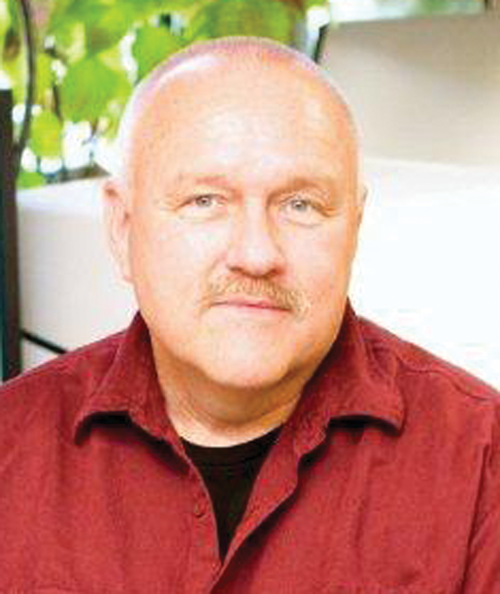When promoting the Microscopy Society of America (MSA) and its many activities the leadership of the Society often encounters comments that MSA is only an electron microscopy and materials research society. This misconception undoubtedly stems from the early history (1942) of the Society when it was initially named the Electron Microscope Society of America (EMSA). In 1964 the name was changed to the Electron Microscopy Society of America to reflect the cross-discipline nature of microscopy applications. Finally, in 1993 the Society again changed its name to the Microscopy Society of America to reflect the increasing diversity of microscopy and microanalysis techniques and their applications represented at the annual Microscopy and Microanalysis (M&M) meeting and in MSA publications.
In fact, MSA strives to encompass all forms and applications of microscopy and microanalysis. This is accomplished in several ways. In Society governance a balance between the materials and biological disciplines is maintained by the following: 1) the structure of the MSA Council includes a presidential rotation that alternates between a physical and a biological scientist; 2) the six Society directors include three biological and three physical scientists; 3) the M&M meeting Program Chair position alternates between physical and biological scientists; 4) most Society committee chairs (Education, Outreach, Awards, etc.) rotate between biological and physical scientists; and 5) most major Society awards, in particular the Distinguished Scientist Award, have awardees in each discipline each year.
Balanced representation of all scientific disciplines that employ microscopy and microanalysis instrumentation and techniques in the M&M annual meeting and MSA publications is indeed a difficult task, but one that our Executive Program Committee and Editors strive to achieve. For example, Program Chairs divide the budget between three primary categories: 1) Biological Science Applications; 2) Physical Science Applications; and 3) Analytical Sciences, which includes symposia detailing development of new techniques and equipment. In MSA publications the Editorial Boards are also balanced between these three categories, and for the past 14 years the Editors-in-Chief of MSA publications have rotated between disciplines to maintain a balance in the emphasis of content.
The above describes MSA efforts to create a balance in the Society between the biological and physical sciences membership and content. In addition, as reflected in the 1993 name change from EMSA to MSA, Society leadership emphasizes a balance in meeting and publication content between all forms of microscopy and microanalysis, including light, scanning probe, and electron microscopy, as well as atom probe applications. This balance is shown by the plenary speakers at recent meetings that have included Nobel Prize winners in light microscopy, such as Eric Betzig and Roger Tsien, and cryo-electron microscopy, such as Joachim Frank and Richard Henderson. Additional efforts to balance meeting and publication content amongst the various types of instrumentation embraced by MSA are continuously employed to reflect the interests of the many groups that use microscopy and microanalysis in their research.
The Microscopy Society of America is dedicated to the promotion of all types of microscopy and microanalysis. If you are not currently attending the MSA M&M Annual Meeting or publishing in MSA publications, I strongly encourage you to explore these opportunities.





